Directed by Stefano Mordini, Netflix’s crime drama movie ‘The Catholic School’ revolves around the male students of a renowned Catholic school in Rome, exploring their lives and how multiple students of the institution stoop into brutal acts of violence. Originally titled ‘La Scuola Cattolica,’ the Italian film primarily follows Angelo Izzo and Gianni Guido, whose actions are explored through the POV of their classmate, Edoardo Albinati.
Along with a relatable and realistic depiction of school years, the coming-of-age film tries to unravel the triggers behind the crimes Angelo and Gianni commit upon teaming up with another boy. Naturally, viewers must be intrigued about whether the story has real-life roots. Let us provide the answers!
The Catholic School: Inspired by a Horrific True Event
Yes, ‘The Catholic School’ is based on a true story. The movie is an adaptation of the eponymous semi-autobiographical coming-of-age novel written by Edoardo Albinati, the real-life counterpart of the eponymous character. It revolves around the “Circeo Massacre,” committed by Angelo Izzo, Giovanni “Gianni” Guido, and Andrea Ghira. Angelo and Gianni studied with Edoardo at the time of the massacre. In September 1975, the duo first met Donatella Colasanti and Rosaria Lopez through a friend and planned to meet again.
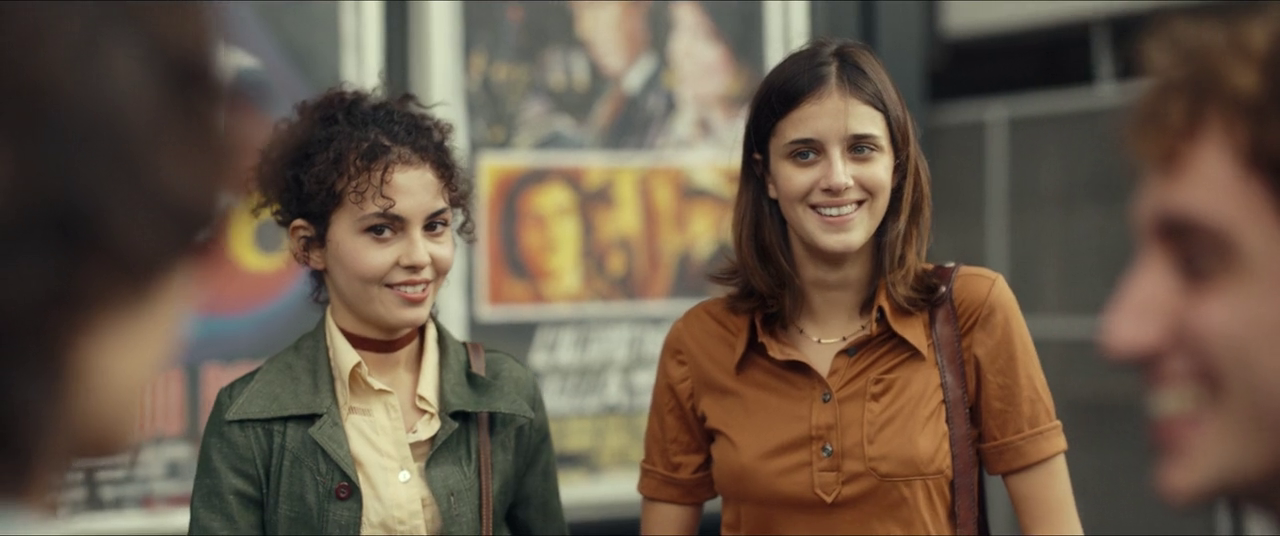
On September 29, 1975, Angelo and Gianni led Donatella and Rosaria to a villa owned by Andrea Ghira’s family, located in San Felice Circeo, in the Lazio region of Italy. As per reports, both men then started to make sexual advances toward the two girls. Gianni threatened them with a gun when they didn’t comply and locked them up in a bathroom.
Angelo and Gianni were later joined by Andrea Ghira, who introduced himself to Donatella and Rosaria as Jacques Berenguer, the leader of the Marsigliesi clan. The three raped and tortured Donatella and Rosaria for 35 hours and reportedly drugged the two girls.
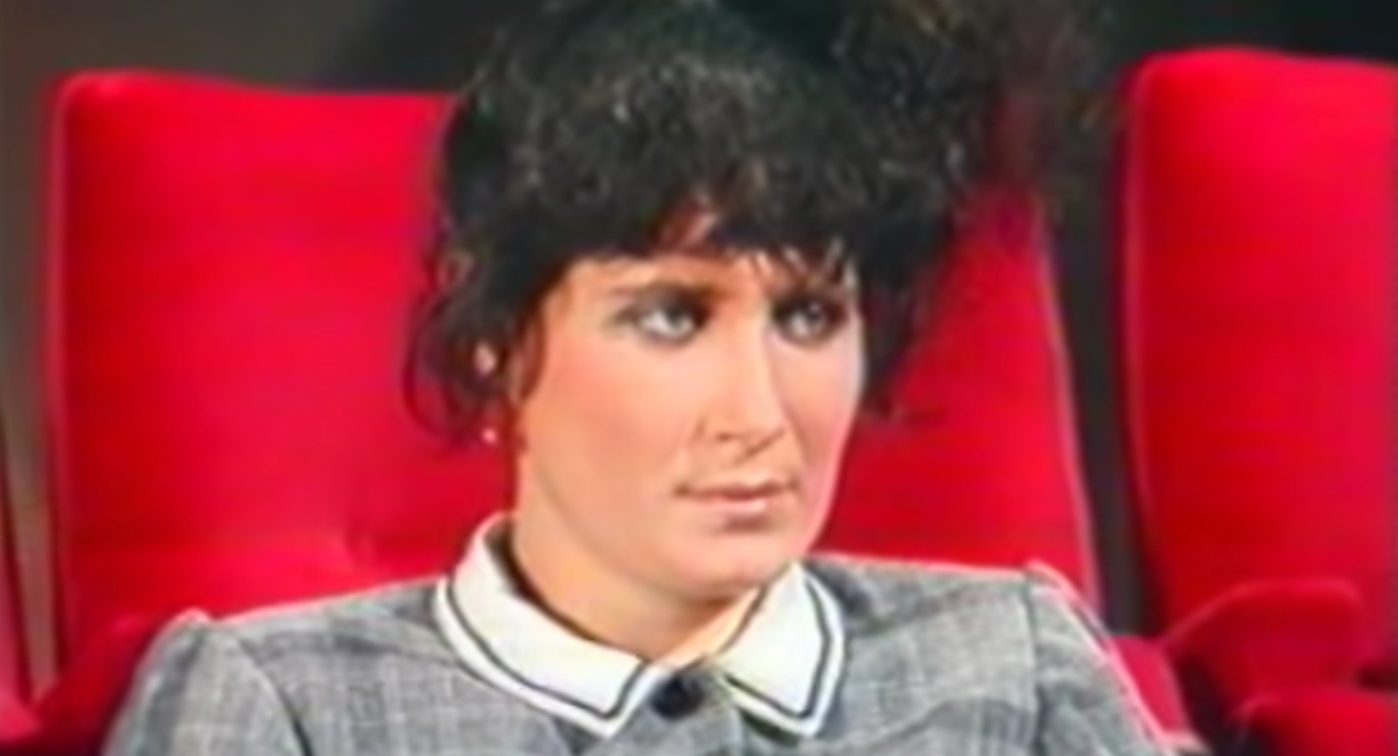
After cruelly raping Rosaria, Angelo, Gianni, and Andrea allegedly killed her by beating and drowning her in a bathtub. Furthermore, they reportedly tried to kill Donatella by strangling her, only for her to pretend that she was dead. The three friends then covered Rosaria’s dead body and Donatella with plastic and put them in the trunk of a Fiat 127 car, driving it to Rome. When the murderers were away from the vehicle, Donatella made sounds, earning the attention of a night watchman.
Soon, the Carabinieri officials arrived at the scene, and Gianni and Angelo were arrested in no time. However, Andrea ran away before the officials could apprehend him. In July 1976, the trio was sentenced to life imprisonment. Andrea was still on the run at the time of the sentence; he lived in Spain under a false identity and died in 1994 due to an overdose. Angelo was released in 2005 on parole for good conduct, only to kill two women during the parole period. In 2007, he was sentenced again to life imprisonment.
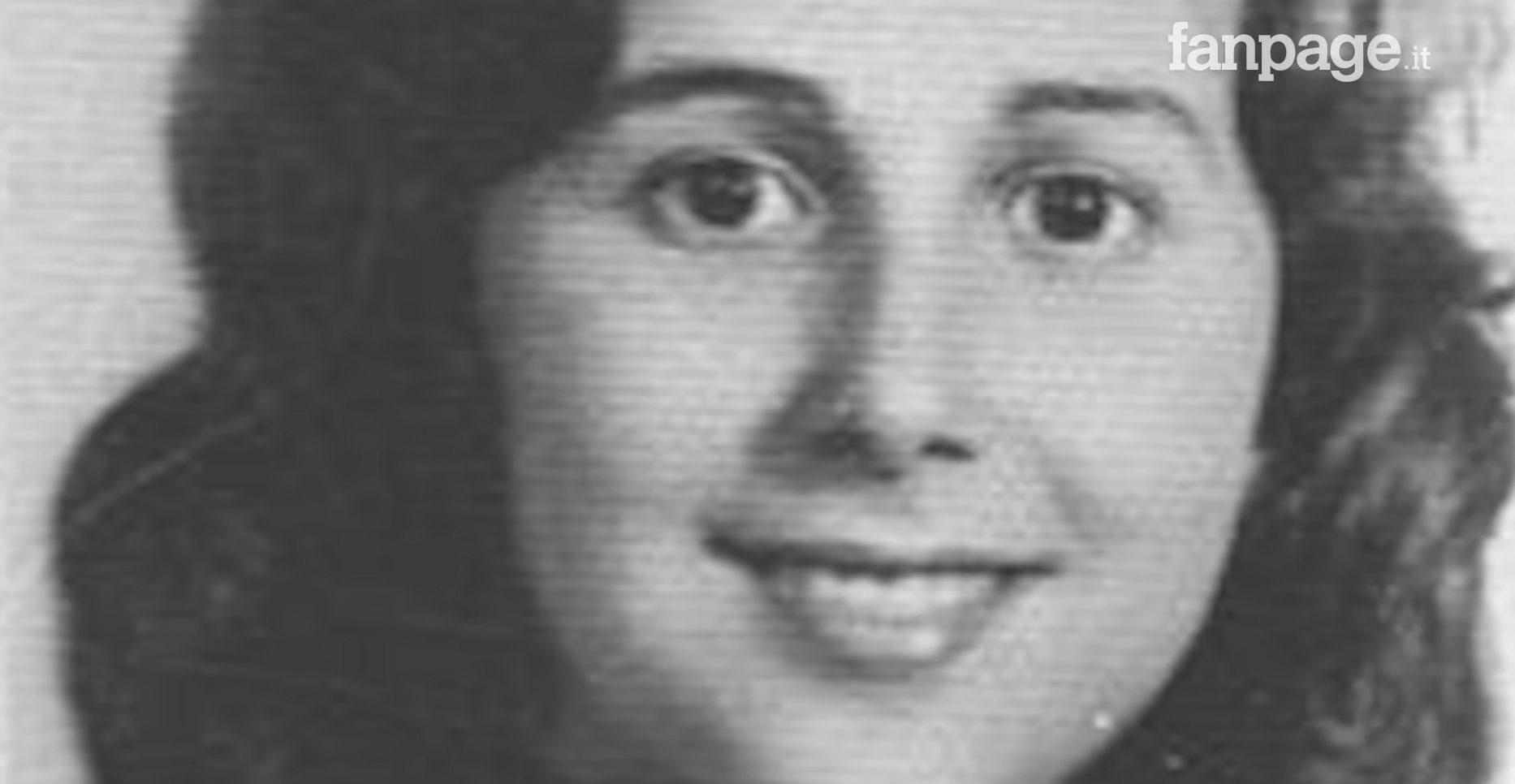
Lastly, Gianni became a free man in 2009 due to a reduced sentence, much to the dismay of Rosaria’s family. Meanwhile, on December 30, 2005, Donatella died from breast cancer at age 47. Even though Edoardo Albinati’s source material is based on a true story, creative liberties were taken by the author, which must have got reflected in the film as well.
“The Catholic School is based on events that actually happened, events to which, in part, I was a direct eyewitness. Working from those actual events, I’ve intertwined episodes and characters with varying percentages of fiction: some are concocted out of whole cloth, others owe a considerable debt to things that actually took place, to people who exist or once did,” the author wrote in the source text.
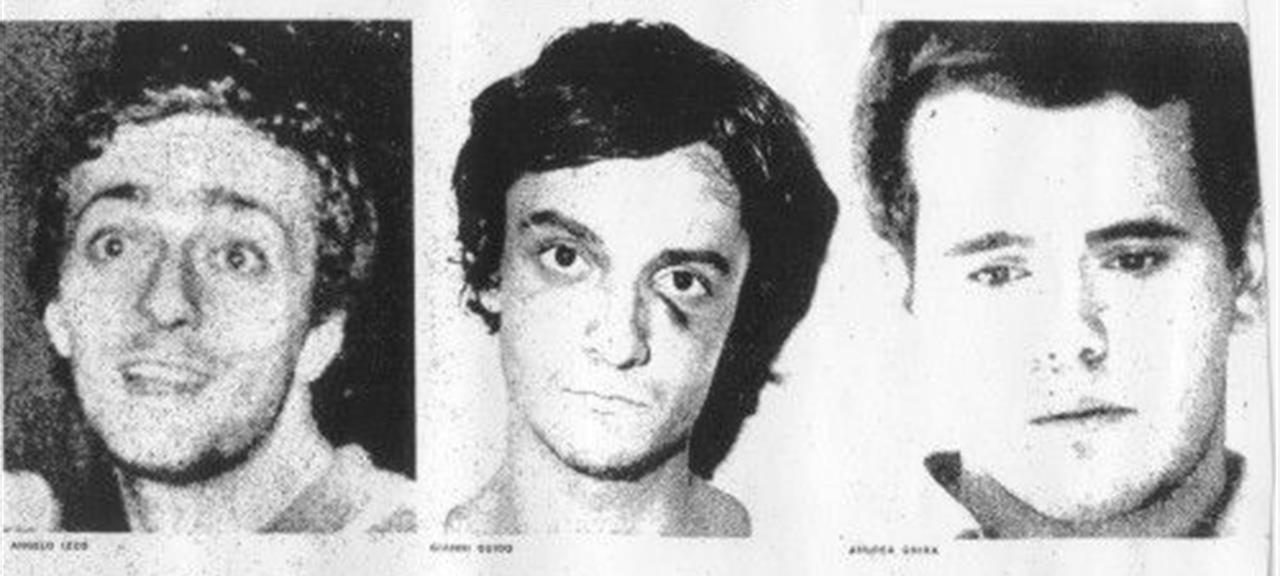
As far as director Stefano Mordini was concerned, ‘The Catholic School’ isn’t a film that solely addresses the lives and crimes of Angelo, Gianni, and Andrea. He had even omitted the fascist connections of the three murderers. In an interview in September 2021, the director revealed that he eliminated the fascist references to strictly address the patriarchal notion of using and seeing women as “objects.” Nevertheless, his depiction of the actual “Circeo massacre” is startling and heartwrenching.

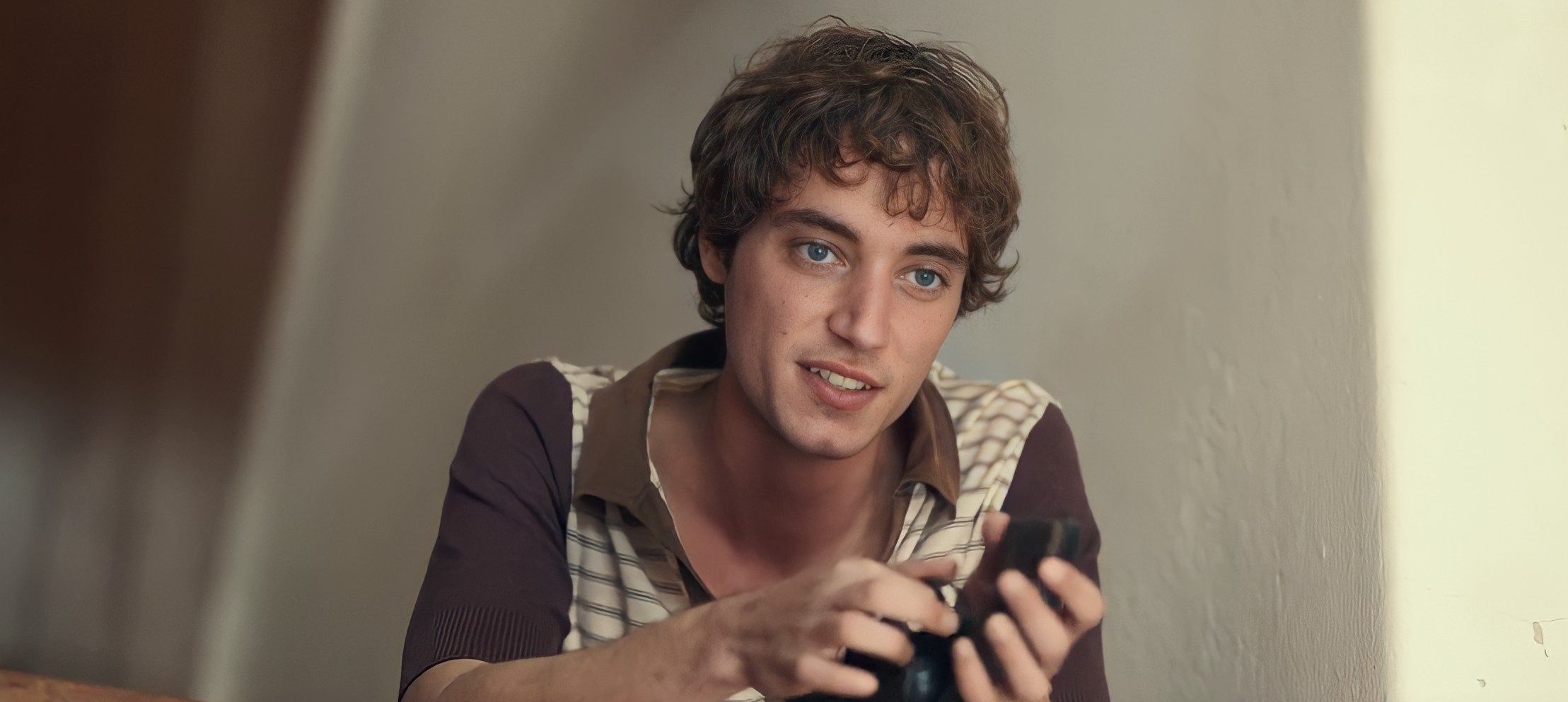
You must be logged in to post a comment.